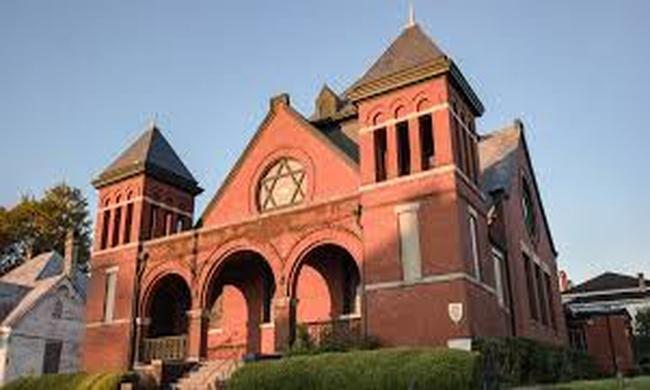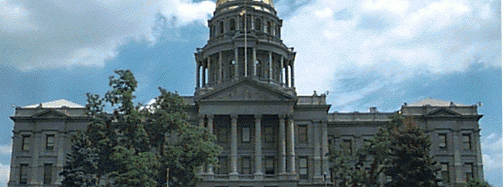This essay first appeared in July 7, 2019 issue of the Epoch Times.
On June 20, 2019, the Supreme Court held that spending public funds to maintain a 40-foot Christian cross on public land doesn’t violate the U.S. Constitution.
The cross is a conspicuous symbol at a busy intersection in Prince George’s County, Maryland. It’s unaccompanied by representations of other faiths. Thus, a humanist (non-religious) organization sued to have it removed, claiming it is an unconstitutional state endorsement of Christianity.
The cross was dedicated in 1925. It memorializes soldiers who died in World War I. The court’s 7–2 decision in its favor was driven partly by the length of time the cross had stood. Even if it had once been primarily a religious symbol, said the court, it is no longer. It’s now a historical monument and memorial to our soldiers. Forcing its removal might spur divisive lawsuits against historical monuments throughout the country.
The First Amendment provides that “Congress shall make no law respecting an establishment of religion. For obvious reasons, lawyers call this phrase the Establishment Clause. In the 20th century, the Supreme Court ruled (for reasons far less obvious) that the Establishment Clause restricts not only Congress but all branches of government—and not only the federal government, but the states as well. The government agency maintaining the cross is a subdivision of the state of Maryland.
Cases involving the Establishment Clause are often difficult to decide. More liberal Supreme Court justices have argued that the clause requires officials to ensure an absolute or nearly absolute “wall of separation” between religion and government. According to this view, the motto “In God We Trust” should be removed from our coins and the words “under God” expunged from the Pledge of Allegiance.
On the other side of the spectrum, some argue that the clause was designed only (1) to prevent the federal government from creating an English-style official church, and (2) to protect state official churches. Some say the clause is violated only if government coerces people into religious conformity, or if the government endorses some religions over others, or supports religion over non-religion.
The confusion arises largely because when the First Amendment was proposed (1789) and ratified (1789–1791), there was little public discussion about what it meant. So in searching for evidence of meaning, writers have gone very far afield. Some look to events as early as 1636, long before the Establishment Clause was written. Others look to the 19th century, long after the clause was adopted.
The real key to the meaning of the Establishment Clause lies in events between 1786 to 1790.
Prior to that time, almost every American state used tax money to fund selected churches and imposed religious tests on officeholders. By 1786, however, a move to “disestablish” state churches was underway. The most famous incident of this kind was James Madison’s successful fight to block a church-funding tax in Virginia.
The following year, the Constitutional Convention met in Philadelphia. George Washington, the convention president, received a letter from Jonas Phillips, a leader of the Philadelphia Jewish community. Phillips complained that the states still treated Jews as second-class citizens. He noted that “the Jews have been true and faithfull … and during the late contest with England they have been foremost in aiding and assisting the states with their lifes [sic] and fortunes, they have supported the cause, have bravely fought and bleed [sic] for Liberty which they can not Enjoy.”
Accordingly, Phillips asked the delegates not to include a religious test in the new Constitution.
And the delegates agreed. They produced a document banning religious tests as requirements for federal office.
But the Constitution did require state and federal officeholders to take an oath or affirmation—a calling of God as a witness. Under the law of the time, this excluded atheists from office.
To become effective, the Constitution had to be approved by popular conventions in the states. At these conventions, many opponents complained about the Constitution’s lack of a religious test. Some opponents wanted to limit federal office to Christians. Others wanted to restrict it to Protestants. Opponents warned that without a religious test, Catholics, Jews, Muslims, pagans, Deists, and even atheists might be elected.
The response of the Constitution’s supporters became the basis of the constitutional bargain. It crystallized the principles by which the federal government was to treat religion.
First, they pointed out that the oath requirement excluded atheists. Second, they stoutly contended that all believers in God were to be treated equally.
For example, in North Carolina, James Iredell (who later served on the U.S. Supreme Court) argued that the oath was a sufficient test of religious faith—and the faith need not be Christian. Similarly, in Massachusetts, Daniel Shute, a Christian minister, told his state’s ratifying convention, “I believe, sir, that there are worthy characters among men of every denomination.”
By the time ratification was complete, the Constitution’s implications for religion were understood: Religious faith was valuable for good government. But government was to treat individual religions equally, as long as they conducted themselves in an orderly manner.
As I have documented in detail, the First Amendment’s Establishment and Free Exercise clauses reflected this understanding: Government might support religion in general, but religions were to be treated impartially.
The central figure in the entire drama was James Madison. He led the fight for disestablishment in Virginia. He was the leading sponsor of the Constitutional Convention. He was a leading drafter of the Constitution itself. And Madison was the primary congressional drafter and sponsor of the First Amendment.









